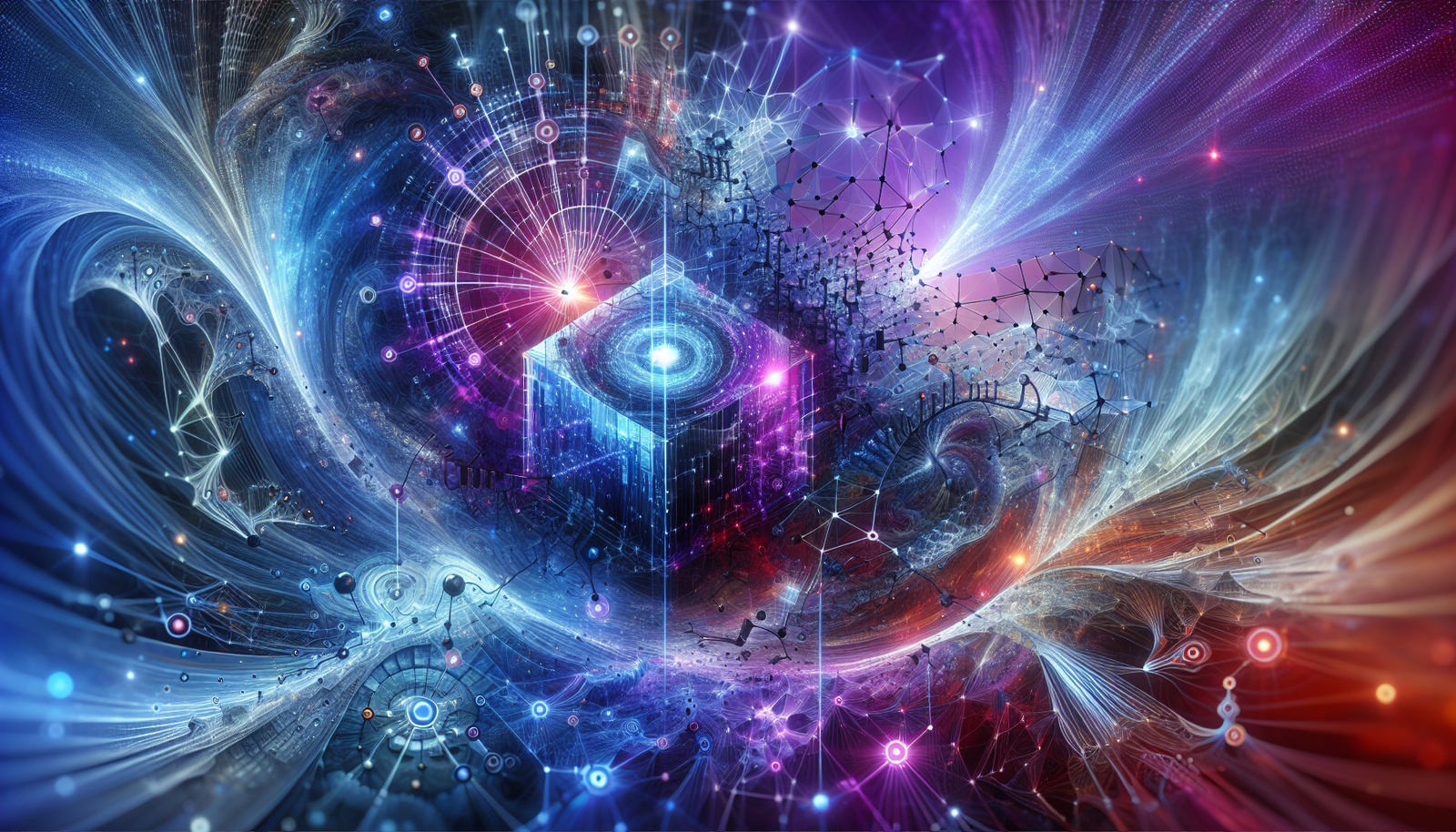Neural networks represent a major advancement in the field of artificial intelligence. Their ability to learn effectively from data opens unparalleled perspectives. Understanding the mechanisms of _latent representations_ proves essential for optimizing their performance. The CSAIL research project proposes a bold hypothesis: the *Canonical Representation* model could unify various intriguing observations. By exploring this hypothesis, leads for improving _interpretability and efficiency_ of networks emerge. The implications of this study extend into fields such as neuroscience and supervised learning. The challenges of _representation formation_ raise fascinating questions about the future of deep learning.
Theories of Representations in Neural Networks
Research conducted by the CSAIL lab at MIT has deepened the understanding of representations within neural networks. Through their canonical representation hypothesis (CRH), these researchers argue that, during the learning phase, neural networks naturally align their latent representations, weights, and neural gradients.
This alignment phenomenon indicates that neural networks acquire compact representations, suited to deviation according to the CRH. The lead author, Tomaso Poggio, mentions that understanding this could lead to the design of more effective and understandable networks. The results are presented on the arXiv preprint server, making these discoveries accessible to the entire scientific community.
Polynomial Alignment Hypothesis (PAH)
The researchers also proposed the polynomial alignment hypothesis (PAH). This hypothesis states that when the CRH is broken, distinct phases emerge, during which representations, gradients, and weights behave like polynomial functions of each other. The interaction of these elements opens new perspectives on key phenomena in deep learning, such as neural collapse and the neural feature ansatz (NFA).
Poggio asserts that these theories could provide a unifying vision of the phenomena observed in the field of deep learning. Experimental results demonstrate the validity of these hypotheses across various tasks, including image classification and self-supervised learning.
Practical Applications of CRH and PAH
The practical implications of CRH are vast. By manually injecting noise into neural gradients, it would be possible to engineer specific structures within the representations of the models. This approach could transform the way artificial intelligence models are designed.
Liu Ziyin, co-author of the study and postdoctoral researcher at CSAIL, emphasizes that the CRH could also illuminate certain phenomena in neuroscience. The orthogonalization of representations, observed in recent studies of the brain, could corroborate this theory. Algorithmic implications also emerge, where the alignment of representations with gradients could offer new avenues for experimentation.
Future Perspectives
Understanding the conditions that lead to each phase of the CRH and PAH theories is a vital challenge. These phases can directly influence the behavior and overall performance of artificial intelligence models. In the context of this research, the team plans to share its findings at the International Conference on Representation Learning (ICLR 2025) in Singapore.
The advances made by this team at MIT, along with other players in the field, align with a global trend. Initiatives such as the establishment of cognitive labs by Ericsson or the development of neuromorphic materials for energy-efficient operations in artificial intelligence testify to the enthusiasm for advanced research in mathematics and algorithms.
This research, based on fundamental observations, is prognostic of a significant evolution in the interpretation and improvement of neural networks. The effects of these new theories could also resonate in the Nobel Prize rewards obtained for discoveries related to artificial intelligence.
Common FAQs about Data Representation by Neural Networks
What is data representation in the context of neural networks?
Data representation refers to how a neural network encodes information within its layers. This includes the transformations of data into inputs to extract relevant features for learning tasks.
How does the Canonical Representation Hypothesis (CRH) contribute to our understanding of neural networks?
The CRH suggests that neural networks naturally align during learning, which enhances their efficiency and understanding. It proposes a unifying theoretical basis for various observations in the field of deep learning.
How is the Polynomial Alignment Hypothesis (PAH) relevant in the study of neural networks?
The PAH indicates that when the CRH is broken, distinct phases appear in which representations, gradients, and weights interact as polynomial functions, which could help explain key behaviors of networks.
How do experimental results support the CRH and PAH in deep learning?
Experimental results demonstrate the effectiveness of the CRH and PAH across varied tasks, such as image classification and self-supervised learning, thus showing their applicability and robustness in different scenarios.
What are the potential impacts of manually injecting noise into neural gradients?
Manually injecting noise could condition the model’s representations to achieve specific architectures, potentially improving performance and influencing how networks learn from data.
How might research on neural representations apply to neuroscience?
The hypotheses on representations could explain certain aspects of observed phenomena in the brain, such as the tendency of networks to create orthonormal representations, which has also been documented in recent neurological studies.
Why is it crucial to study representation formation in neural networks?
Understanding representation formation allows not only for optimization of existing networks but also guides the development of new learning architectures, making models more interpretable and effective.
What challenges remain to better understand representation phases in neural networks?
It is essential to identify the specific conditions that trigger each phase and explore how these phases influence the behavior and performance of deep learning models.






